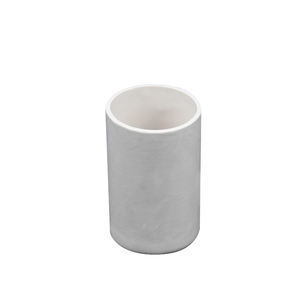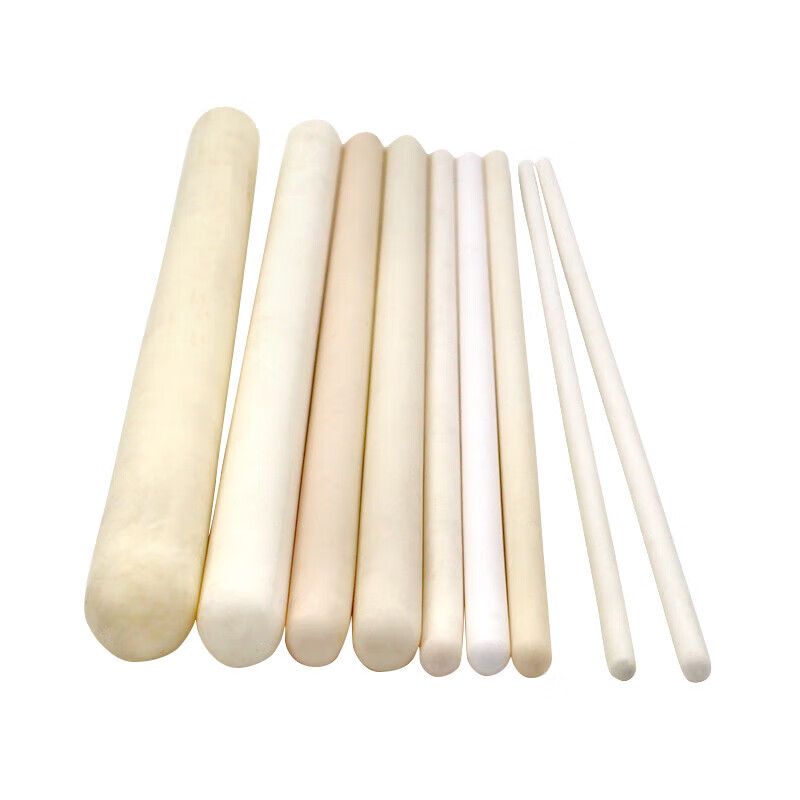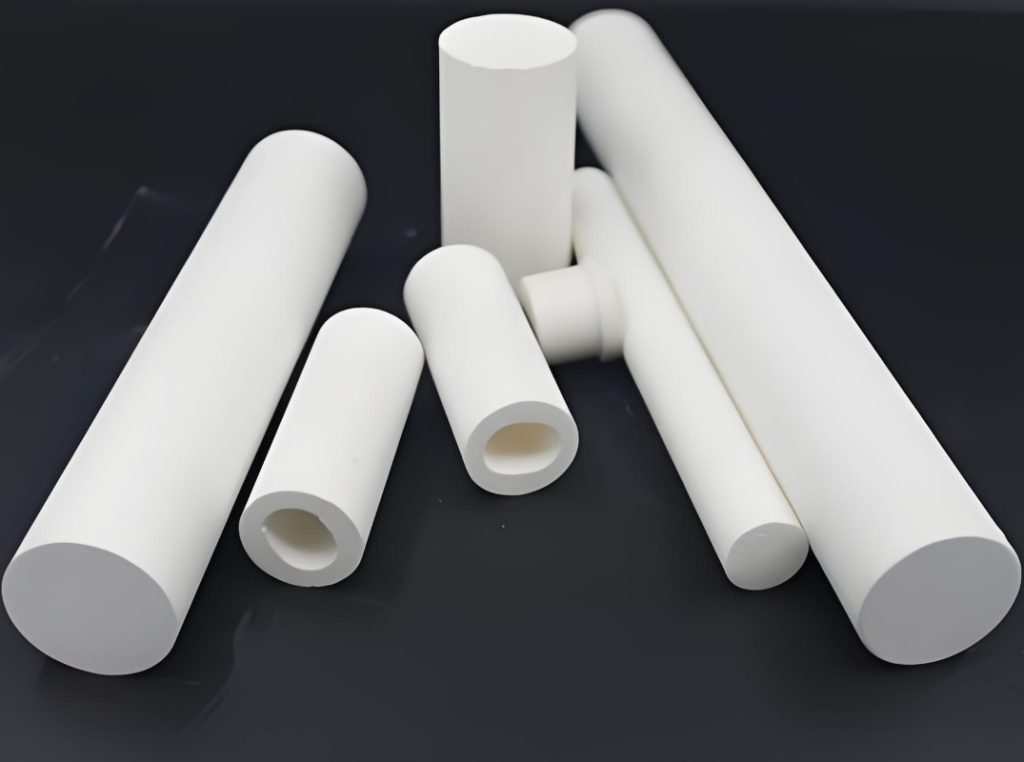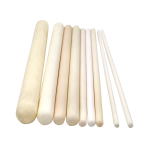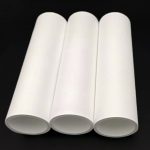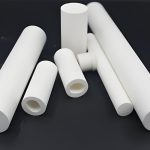Discover Premium Ceramic Products | Durability & Elegance United | Advanced Ceramics
PRODUCT PARAMETERS
Description
Overview of Boron Nitride Tube:
Boron nitride (BN) tubes, like boron nitride plates, are highly sought after for their excellent properties and can be used in a wide variety of applications. These tubes are typically made of hexagonal boron nitride (h-BN), which has a graphite-like layered structure, or cubic boron nitride (c-BN), which is known for its hardness and thermal stability.
Features of Boron Nitride Tube:
1.High thermal conductivity:
Boron nitride tubes have very high thermal conductivity, especially along the plane of h-BN, making them excellent for heat dissipation.
2. Excellent electrical insulation:
In addition to their thermal conductivity, boron nitride tubes have strong electrical insulation, reducing the risk of short circuits and increasing safety.
3. Chemical stability:
BN tubes are resistant to many chemicals even at quite high temperatures, making them suitable for use in corrosive environments.
4. Mechanical strength:
The high hardness provides excellent abrasion resistance and durability.
5. Low coefficient of thermal expansion (CTE):
This property minimizes thermal shock and cracking, that improves the performance under temperature changes.
6. Lubricity:
The layered structure of h-BN gives BN tubing lubricating properties in dry lubrication applications.
7. Optical transparency:
Transparent over a wide range of wavelengths from UV to infrared, making it suitable for optical applications.
8. Wide Band Gap:
The wide bandgap makes it suitable for high power and high frequency electronics.
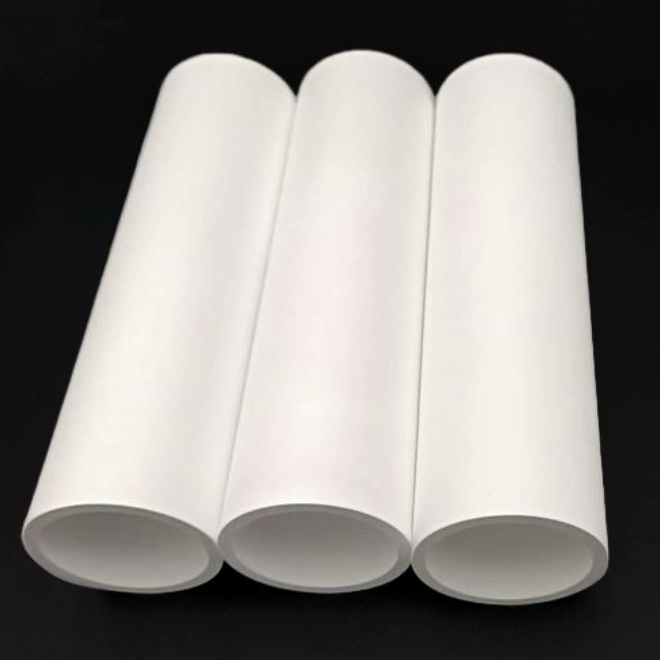
Specifications of Boron Nitride Tube:
| Property | Typical Value(s) | Notes |
| Material Type | Hexagonal BN (h-BN), Cubic BN (c-BN) | h-BN is more common; c-BN offers higher hardness. |
| Outer Diameter (OD) | 1 mm to 500 mm | Custom sizes available based on application needs. |
| Inner Diameter (ID) | Depends on OD; typically 0.5 mm to 490 mm | ID determined by wall thickness and OD. |
| Length | 10 mm to 2000 mm | Longer lengths possible through custom manufacturing. |
| Wall Thickness | 0.5 mm to 10 mm | Thicker walls provide greater mechanical strength. |
| Density | ~2.26 g/cm³ (h-BN) | Density varies slightly with material form and purity. |
| Melting Point | ~3000°C (5432°F) | Exceptionally high melting point suitable for extreme temperature use. |
| Thermal Conductivity | Up to 300 W/m·K (along planes in h-BN) | High thermal conductivity facilitates efficient heat dissipation. |
| Coefficient of Thermal Expansion (CTE) | ~3.7 × 10⁻⁶/°C (h-BN) | Low CTE minimizes thermal stress and cracking. |
| Electrical Resistivity | >10¹² Ω·cm at 20°C | Excellent electrical insulation properties. |
| Hardness (Mohs Scale) | ~2-3 (h-BN), ~9.5 (c-BN) | c-BN has hardness second only to diamond. |
| Chemical Stability | Stable up to 1000°C in air, higher in vacuum or inert atmospheres | Resistant to most chemicals even at elevated temperatures. |
| Lubricity | Yes (h-BN) | Layered structure provides natural lubrication. |
| Transparency | Transparent from UV to IR | Useful for optical applications. |
| Bandgap | ~5.9 eV (h-BN) | Wide bandgap suitable for high-power and high-frequency electronic devices. |
| Porosity | <1% | Densification methods minimize porosity for enhanced performance. |
Manufacturing Methods
| Method | Description | Advantages |
| Hot Isostatic Pressing (HIP) | Powdered BN compressed under high pressure and temperature | Dense, uniform tubes with excellent mechanical properties. |
| Sintering | Heating BN powder without melting | Cost-effective for large-scale production. |
| Chemical Vapor Deposition (CVD) | BN vapor deposited onto a substrate or mandrel | Precise control over tube dimensions and properties. |
| Pressureless Sintering | BN parts formed without external pressure | Suitable for complex shapes like tubes. |
| Extrusion | Material pushed through a die to form tubes | Continuous process for long, consistent tubes. |
Applications of Boron Nitride Tube:
1. Thermal Management
Heat Exchangers and Cooling Jackets: BN tubes are used in heat exchangers and cooling jackets for efficient heat dissipation in electronics and machinery.
Thermal Interface Materials: They serve as effective thermal interface materials between heat sources and heat sinks.
2. Electronics and Semiconductors
Substrates and Insulation: BN tubes are used as substrates and insulation for semiconductor devices, providing thermal management and electrical isolation.
Heat Sinks: Ideal for use as heat sinks in power electronics, CPUs, GPUs and other high performance electronic components.
3. Automotive and Aerospace
Engine Components: Used in engine parts that require resistance to high temperatures and corrosive environments.
Exhaust Systems: Suitable for exhaust system components due to their thermal stability and chemical inertness.
Power Electronics: Critical for electric and hybrid vehicles where efficient thermal management is necessary for power modules and inverters.
Radiation Shielding: Provides protection against radiation in aerospace electronics and spacecraft.
4. Manufacturing and Machining
High-Temperature Molds and Dies: BN tubes are ideal for molds and dies used in metal casting and other manufacturing processes requiring high thermal stability and low CTE.
Precision Parts: Used in precision engineering applications where dimensional stability and thermal performance are crucial.
Cutting Tool Coatings: Enhances durability and reduces wear on cutting tools during machining operations.
5. Chemical Processing
Reactor Linings: Employed in reactors where materials must withstand corrosive chemicals and high temperatures simultaneously.
Heat Exchangers: Utilized in industrial processes involving heat transfer at high temperatures.
6. Metallurgy
Crucibles and Refractory Components: BN tubes are used in crucibles and other refractory components for metal melting and alloying processes due to their high melting point and chemical inertness.
7. Energy Generation
Nuclear Reactors: Components in nuclear reactors benefit from BN’s neutron-absorbing properties and thermal stability.
Fuel Cells: Used as gas diffusion layers and catalyst supports, leveraging BN’s high-temperature performance and chemical stability.
8. Biomedical applications
Medical implants: Due to their non-reactivity and stability, they can be used as biocompatible coatings for implants or devices.
Drug delivery systems: BN nanoparticles can be functionalized for targeted drug delivery using the biocompatibility and stability of BN.
9. research and development
Advanced Materials Development: Research and development of new materials with specific properties for specific applications.
Nanotechnology: Explore the unique quantum properties of nanoelectronic and optoelectronic devices.
10. consumer electronics
Heat Sinks and Thermal Interfaces: Critical to heat management in consumer electronics devices such as smartphones, laptops and game consoles.
11. Optics & Photonics
Lenses and Windows: The optical transparency of BN tubes makes them suitable for lenses, windows and filters in optical devices.
Photodetectors and solar cells: Optically transparent and stable under harsh conditions.
12. Environmental applications
Catalyst carriers: Provide a stable platform for catalyst particles in a variety of chemical reactions, especially high temperature processes.
Electrocatalysis: Energy conversion and storage systems for electrochemical cells.

Company Profile
Advanced Ceramics founded on October 17, 2012, is a high-tech enterprise committed to the research and development, production, processing, sales and technical services of ceramic relative materials and products.. Since its establishment in 2012, the company has been committed to providing customers with the best products and services, and has become a leader in the industry through continuous technological innovation and strict quality management.
Our products includes but not limited to Aluminum Nitride Ceramic Products, Boron Carbide Ceramic Products, Boron Nitride Ceramic Products, Silicon Carbide Ceramic Products, Silicon Nitride Ceramic Products, Zirconium Dioxide Ceramic Products, Quartz Products, etc. Please feel free to contact us.(nanotrun@yahoo.com)
Payment Methods
T/T, Western Union, Paypal, Credit Card etc.
Shipment Methods
By air, by sea, by express, as customers request.

FAQs of Boron Nitride Tube
1.What is a boron nitride tube?
A: A boron nitride (BN) tube is a cylindrical component made from boron nitride, a chemical compound consisting of boron and nitrogen atoms. Boron nitride exists in various forms, but the most common for tubes is hexagonal boron nitride (h-BN), which has a layered structure similar to graphite. Cubic boron nitride (c-BN) is also used in some specialized applications due to its exceptional hardness.
2. What are the benefits of boron nitride tube?
A: Boron nitride (BN) tubes offer a multitude of benefits that make them highly valuable in various industries and applications. Here are the key advantages: High Thermal Conductivity, Excellent Electrical Insulation, Chemical Stability, Low Coefficient of Thermal Expansion, Wide Bandgap, Non-Toxic and Chemically Inert, Biocompatibility.
3. What industries use boron nitride tube?
A: Boron nitride (BN) tubes are utilized across a diverse range of industries due to their exceptional thermal, electrical, mechanical, and chemical properties. Such as electronics and semiconductors, metallurgy, automotive, biomedical applications, manufacturing and machining, chemical processing, optics and photonics.
4. Can boron nitride tubes be used in high-temperature environments?
A: Yes, boron nitride (BN) tubes are exceptionally well-suited for use in high-temperature environments. Boron nitride has an extremely high melting point of approximately 3000℃ (5432℉), which allows it to maintain its structural integrity and performance even at very high temperatures.
5. Are boron nitride tubes environmentally friendly?
A: Boron nitride (BN) tubes are generally considered environmentally friendly due to several factors related to their material properties and lifecycle impacts.
REQUEST A QUOTE
RELATED PRODUCTS
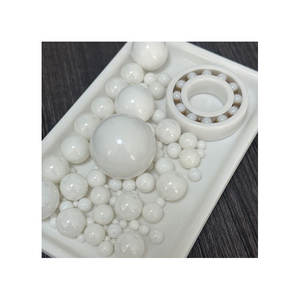
Boron Nitride (R-BN) Used for Making Hot-pressed Ceramic Parts
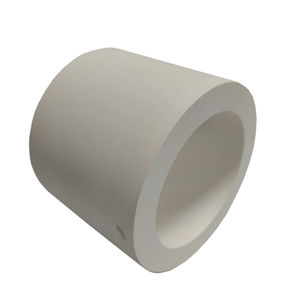
Ceramic Insulator Pyrolytic Boron Nitride PBN/PG Ceramic Heaters PBN-PG Composite Heater
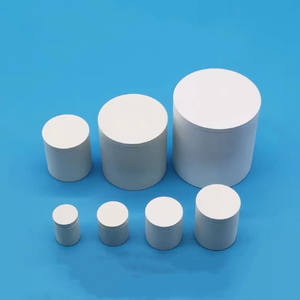
Hot Pressed BN Boron Nitride Ceramic Disc Disk
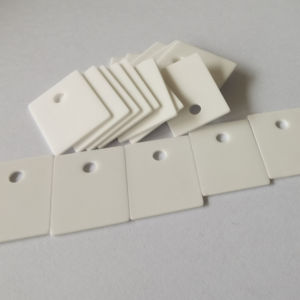
Customized Boron Nitride Ceramic Plate BN Ceramic Sheet
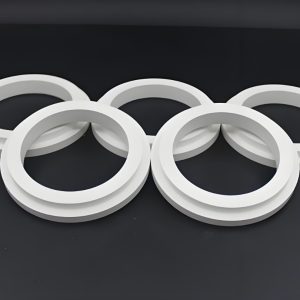
Hexagonal BN Boron Nitride Ring Insulating Ceramic Part
